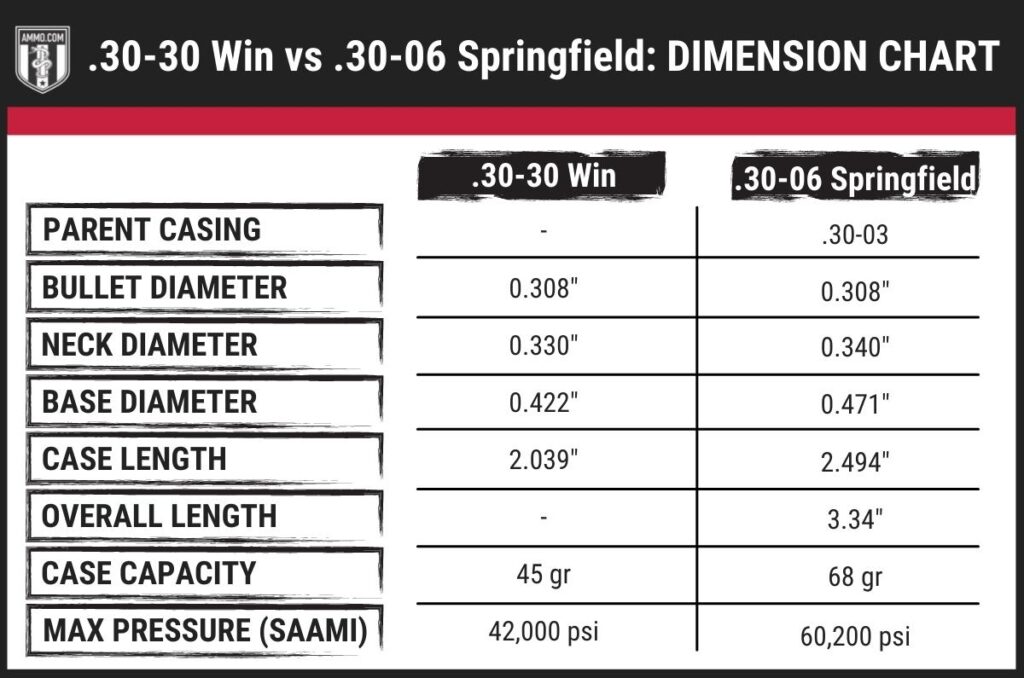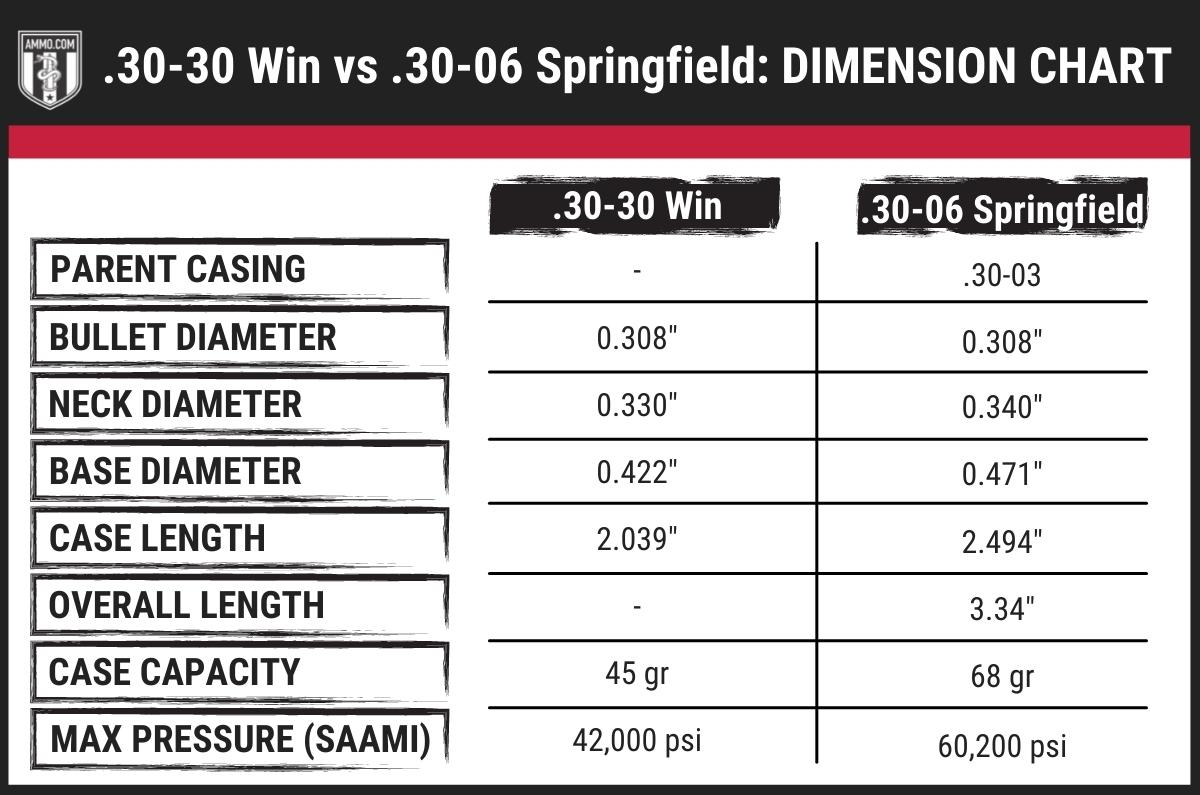
Unraveling the Mysteries of .30-06 Ballistics: A Comprehensive Guide
The .30-06 Springfield cartridge has a storied history, serving as a mainstay for both military and civilian applications for over a century. Understanding .30-06 ballistics is crucial for anyone who uses this versatile round, whether for hunting, target shooting, or historical appreciation. This comprehensive guide will delve into the intricate details of .30-06 ballistics, covering everything from its historical origins and common uses to its performance characteristics and factors influencing its trajectory. Whether you’re a seasoned shooter or a curious newcomer, this exploration of .30-06 ballistics will provide valuable insights.
A Brief History of the .30-06 Springfield
The .30-06 Springfield, officially designated as the Cartridge, Caliber .30, Model of 1906, was adopted by the United States military in 1906. It replaced the .30-03, an earlier cartridge that used a round-nosed bullet. The .30-06 was designed with a spitzer (pointed) bullet, offering improved ballistic performance and accuracy at longer ranges. This cartridge saw extensive use in both World Wars, Korea, and even in the early stages of the Vietnam War. Beyond its military applications, the .30-06 quickly gained popularity among civilian shooters and hunters due to its versatility and effectiveness on a wide range of game.
Understanding Ballistic Coefficients and Trajectory
At the heart of understanding .30-06 ballistics lies the concept of ballistic coefficient (BC). The BC is a measure of a bullet’s ability to overcome air resistance. A higher BC indicates that the bullet will retain its velocity and resist wind drift more effectively. The .30-06 cartridge is available with a wide range of bullet weights and designs, each with its own unique BC. This variation allows shooters to tailor their ammunition to specific applications. For example, heavier bullets with higher BCs are often preferred for long-range shooting, while lighter bullets may be chosen for faster velocities and flatter trajectories at shorter distances.
Trajectory refers to the path a bullet takes from the muzzle of the firearm to the target. Gravity, air resistance, and bullet spin all influence the trajectory. Understanding the trajectory of a .30-06 cartridge is essential for accurate shooting, especially at longer ranges. Ballistic calculators and software can be used to predict the trajectory of a specific .30-06 load, taking into account factors such as bullet weight, BC, muzzle velocity, and atmospheric conditions.
Key Factors Influencing .30-06 Ballistics
Several factors can significantly impact the .30-06 ballistics. These include:
- Bullet Weight: Heavier bullets generally have higher BCs and retain their energy better at longer ranges, but they also have lower muzzle velocities.
- Bullet Design: Spitzer, boat-tail, and other bullet designs affect the BC and aerodynamic performance of the bullet.
- Muzzle Velocity: The initial speed of the bullet as it leaves the barrel. Higher muzzle velocities generally result in flatter trajectories.
- Barrel Length: Longer barrels typically produce higher muzzle velocities, while shorter barrels may result in lower velocities.
- Atmospheric Conditions: Air temperature, humidity, and barometric pressure can all affect air density and, consequently, bullet trajectory.
- Altitude: Higher altitudes have lower air density, which can result in flatter trajectories and less wind drift.
Common .30-06 Loads and Their Ballistic Performance
The .30-06 cartridge is available in a wide variety of loads, each designed for specific purposes. Some common .30-06 loads and their general ballistic performance characteristics include:
- 150-grain bullets: These are popular for general-purpose hunting and target shooting. They offer a good balance of velocity and energy.
- 165-grain bullets: These are a good choice for medium-sized game and offer slightly better energy retention than 150-grain bullets.
- 180-grain bullets: These are often used for larger game and offer excellent penetration and energy transfer.
- 220-grain bullets: These are used for the largest game, such as elk and moose, and provide maximum penetration and stopping power.
The specific ballistic performance of each load will vary depending on the manufacturer, bullet design, and other factors. It is always best to consult ballistic charts and test different loads in your rifle to determine which performs best for your intended use. [See also: Best .30-06 Ammunition for Deer Hunting]
.30-06 Ballistics for Hunting Applications
The .30-06 Springfield is a highly versatile cartridge for hunting a wide range of game animals, from deer and antelope to elk and even bear. Its flat trajectory, sufficient energy, and availability in various bullet weights make it a popular choice among hunters. When selecting a .30-06 load for hunting, it is important to consider the size and type of game you will be hunting, as well as the distance at which you expect to be shooting. For deer-sized game, a 150-grain or 165-grain bullet is often sufficient, while larger game may require a 180-grain or 220-grain bullet.
Proper shot placement is crucial for ethical and effective hunting. Understanding the trajectory of your .30-06 load and practicing at various distances will help you make accurate shots in the field. Furthermore, consider the ethical implications of your shot and always prioritize a clean and humane kill.
.30-06 Ballistics for Target Shooting and Competition
The .30-06 is also a popular choice for target shooting and competition, particularly in disciplines such as CMP (Civilian Marksmanship Program) and vintage military rifle matches. Its inherent accuracy and relatively mild recoil make it a pleasant cartridge to shoot for extended periods. When selecting a .30-06 load for target shooting, accuracy and consistency are paramount. Many target shooters prefer heavier bullets with high BCs for improved performance at longer ranges. Handloading can be a valuable tool for target shooters, allowing them to fine-tune their ammunition for optimal accuracy and performance in their specific rifle.
Understanding the fundamentals of marksmanship, such as proper breathing, trigger control, and sight alignment, is essential for accurate target shooting with the .30-06. Regular practice and dry-fire drills can help improve your shooting skills and consistency. [See also: Long Range Shooting Techniques for .30-06]
Tips for Improving .30-06 Accuracy
Several factors can contribute to improved accuracy with the .30-06 Springfield. These include:
- Proper Rifle Maintenance: Keeping your rifle clean and well-maintained is essential for consistent accuracy. Regularly clean the bore, action, and trigger mechanism.
- Selecting the Right Ammunition: Experiment with different .30-06 loads to find the one that performs best in your rifle.
- Using a Quality Scope or Sights: A clear and reliable scope or set of sights is crucial for accurate aiming.
- Proper Shooting Technique: Master the fundamentals of marksmanship, such as proper breathing, trigger control, and sight alignment.
- Consistent Reloading Practices (if applicable): If you handload your ammunition, ensure that you follow consistent reloading practices to produce accurate and reliable rounds.
- Consider a Muzzle Brake: A muzzle brake can reduce recoil and muzzle rise, which can improve accuracy, especially during rapid firing.
The Future of .30-06 Ballistics
While the .30-06 Springfield is over a century old, it remains a relevant and capable cartridge in the 21st century. Advancements in bullet technology and reloading techniques continue to improve the performance of the .30-06, making it a viable option for a wide range of applications. Despite the introduction of newer cartridges, the .30-06’s versatility, availability, and proven track record ensure its continued popularity among shooters and hunters for years to come. The principles of .30-06 ballistics will remain crucial knowledge for anyone utilizing this time-tested round.
Conclusion
Understanding .30-06 ballistics is essential for anyone who uses this versatile cartridge. By understanding the factors that influence bullet trajectory, you can improve your accuracy and effectiveness, whether you are hunting, target shooting, or simply enjoying the historical significance of this iconic round. From bullet weight and design to atmospheric conditions and shooting technique, mastering the intricacies of .30-06 ballistics unlocks the full potential of this time-tested cartridge. The .30-06 Springfield, with its rich history and enduring performance, continues to be a staple in the shooting world, and a solid grasp of its ballistics is invaluable for any enthusiast.

